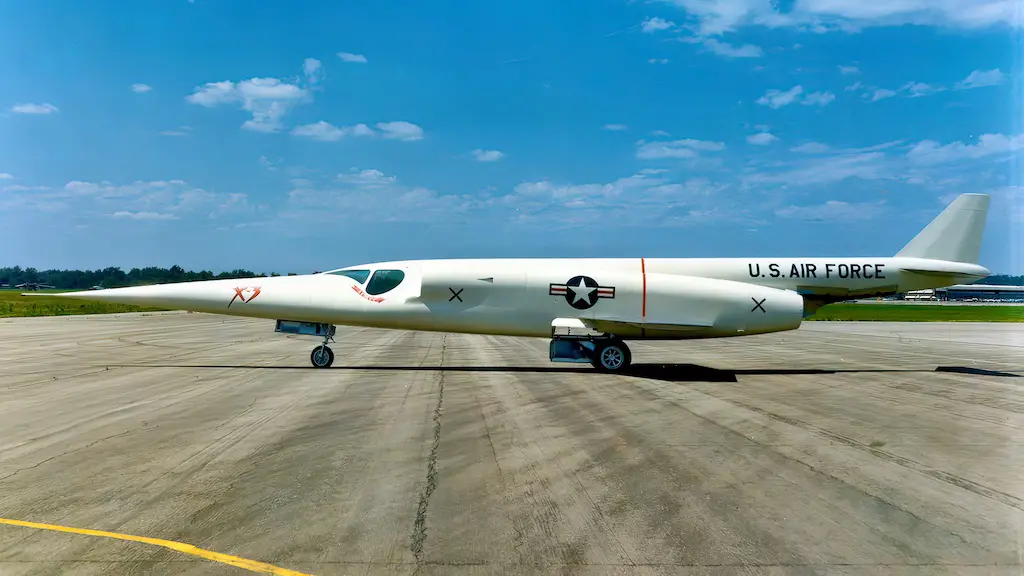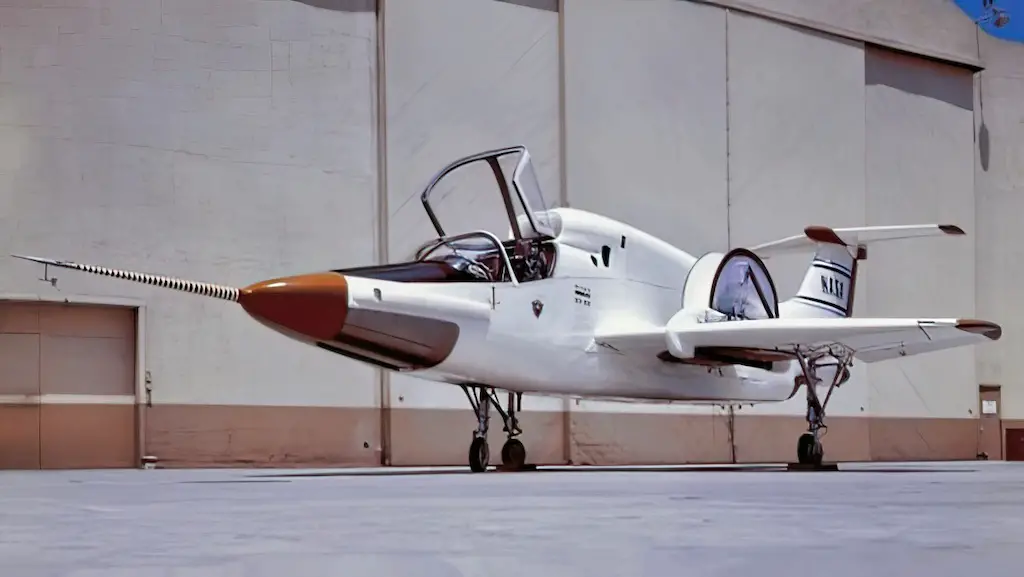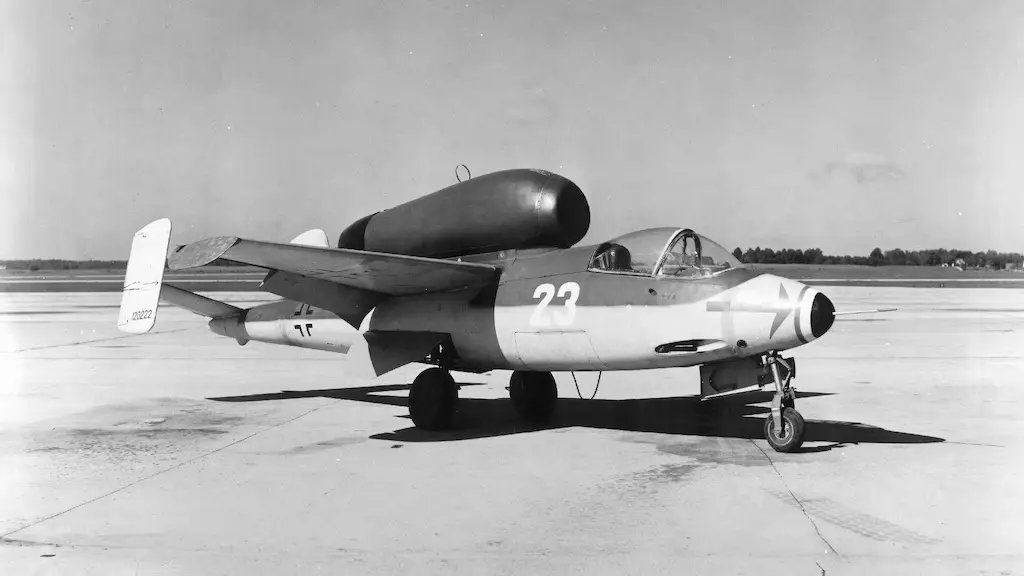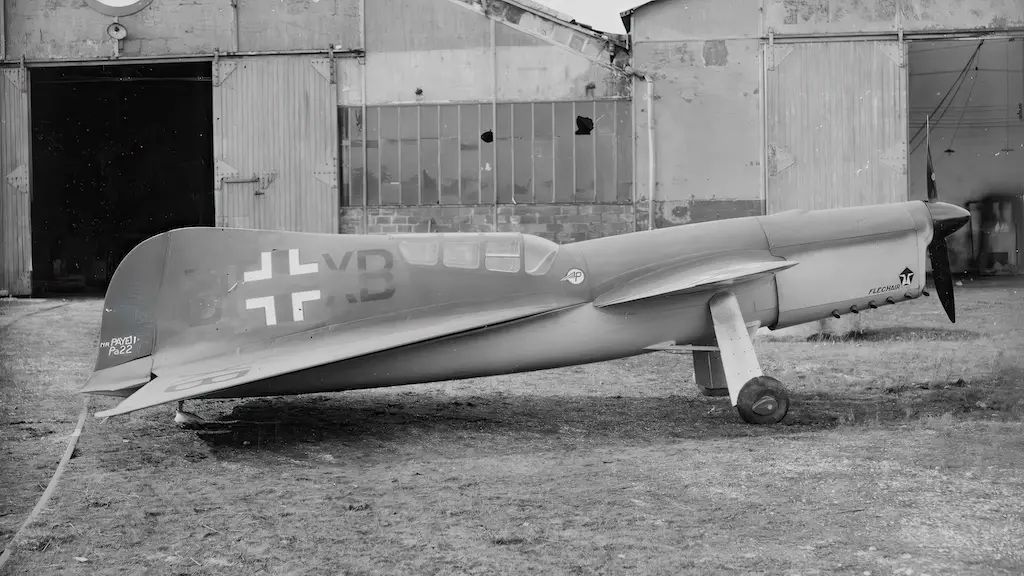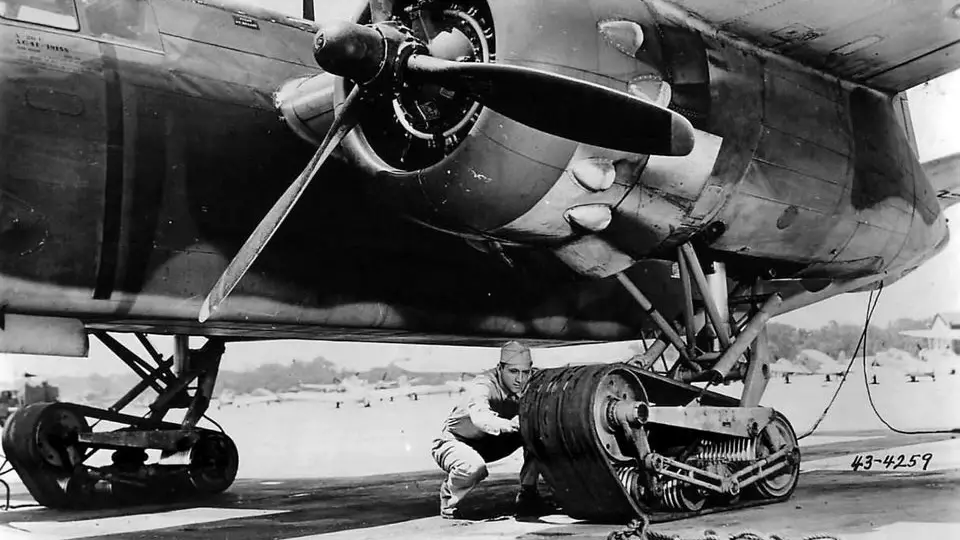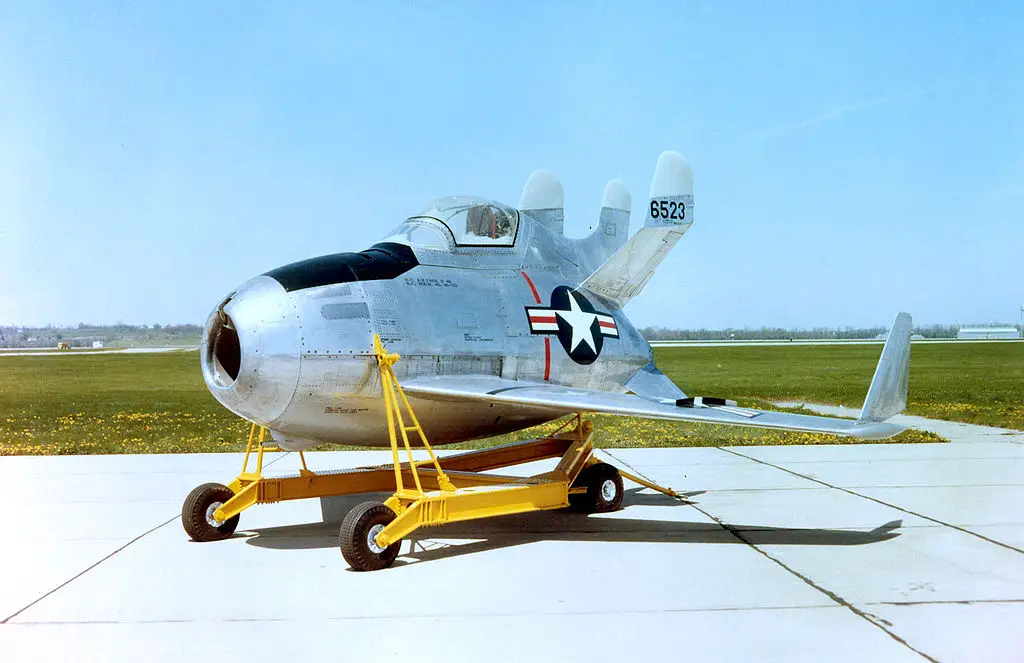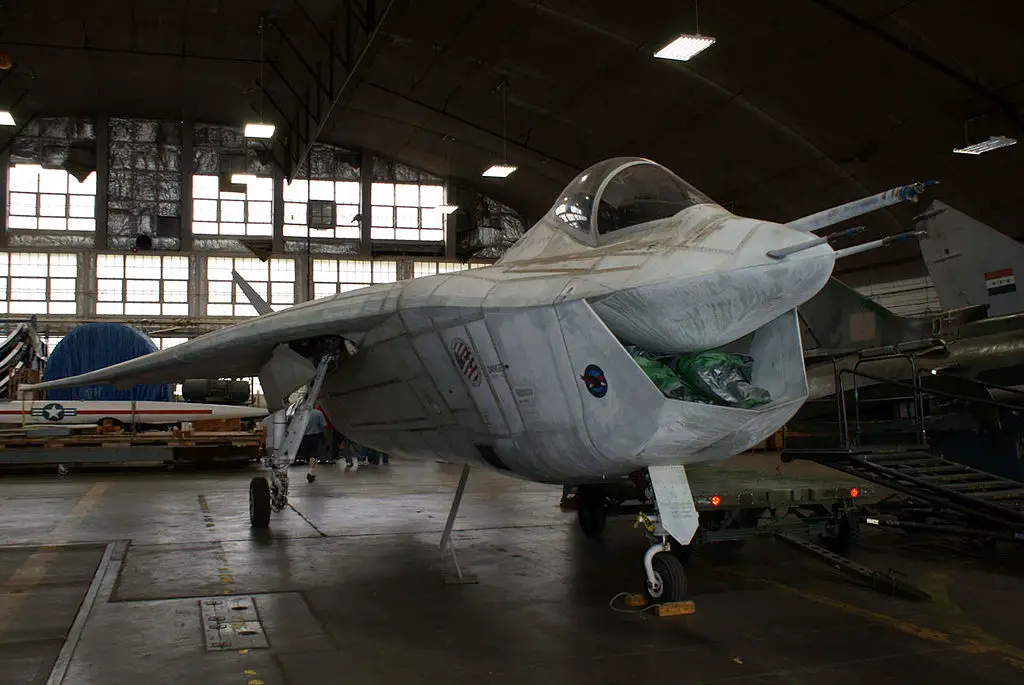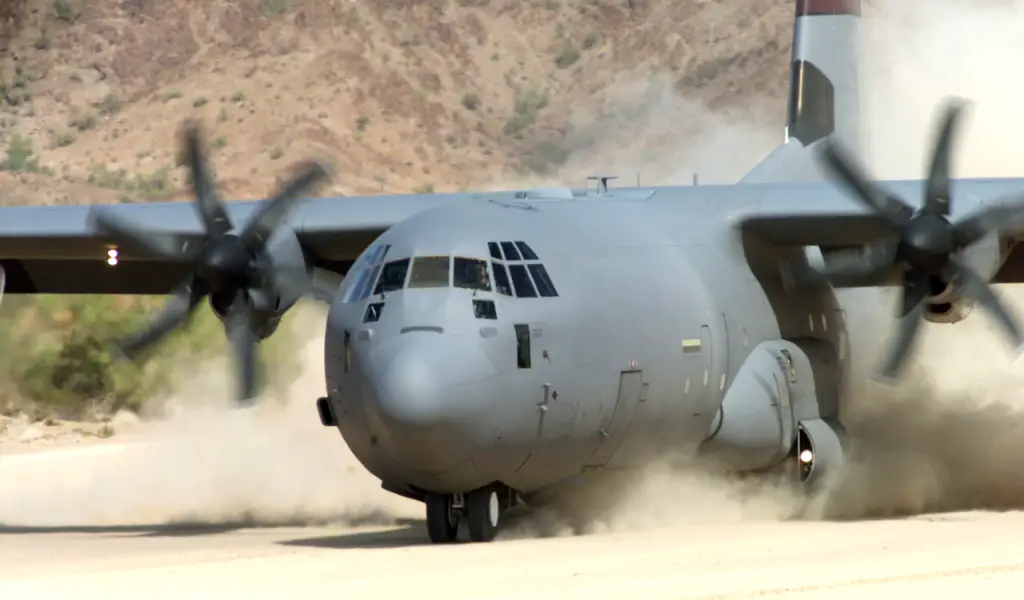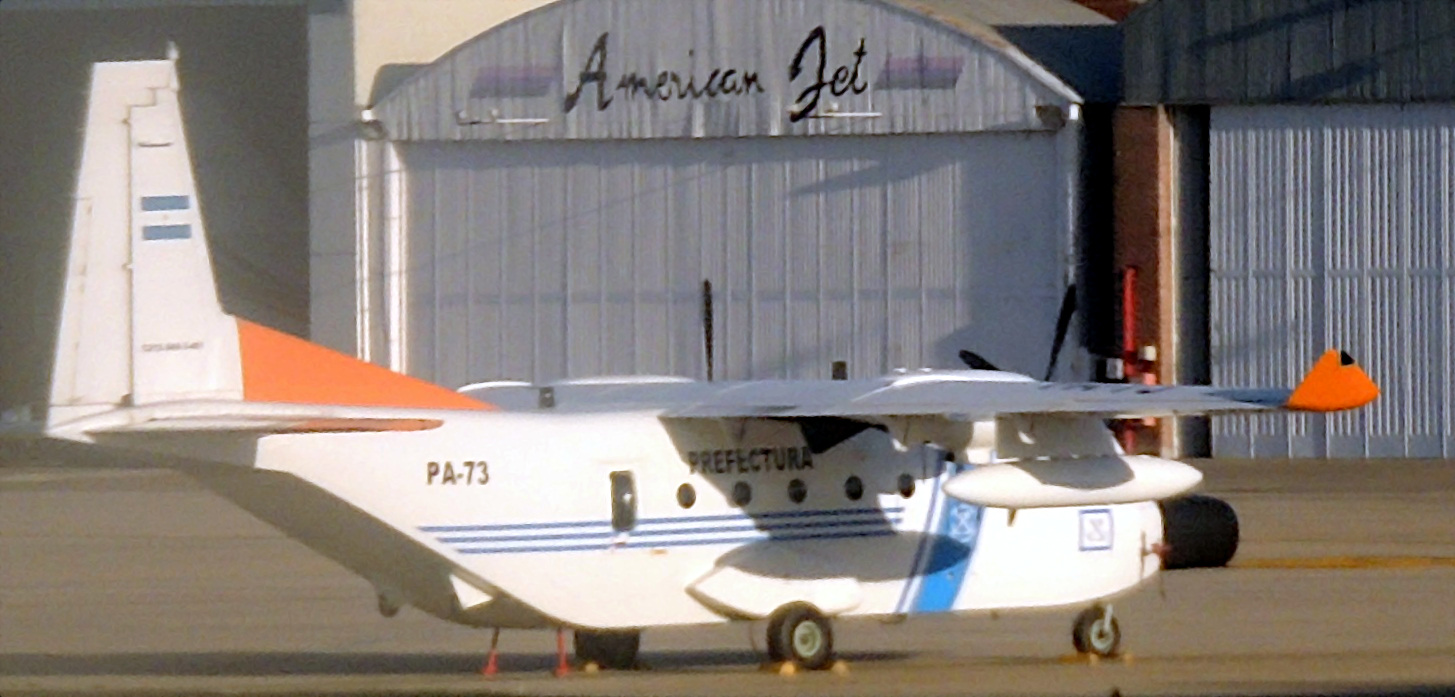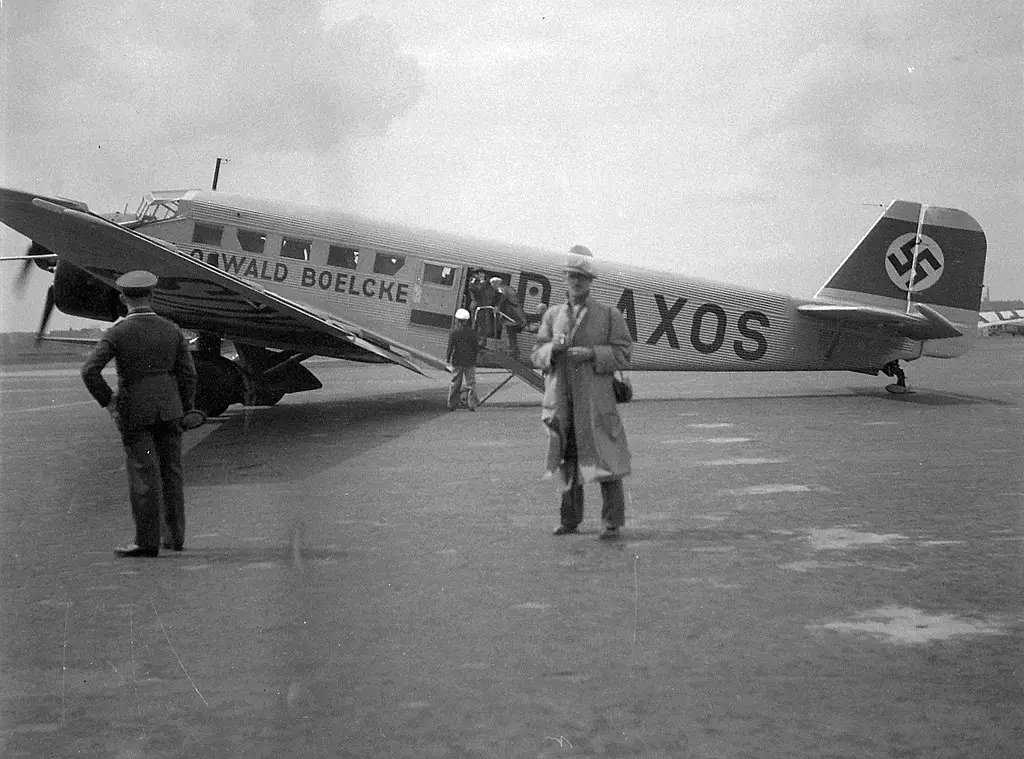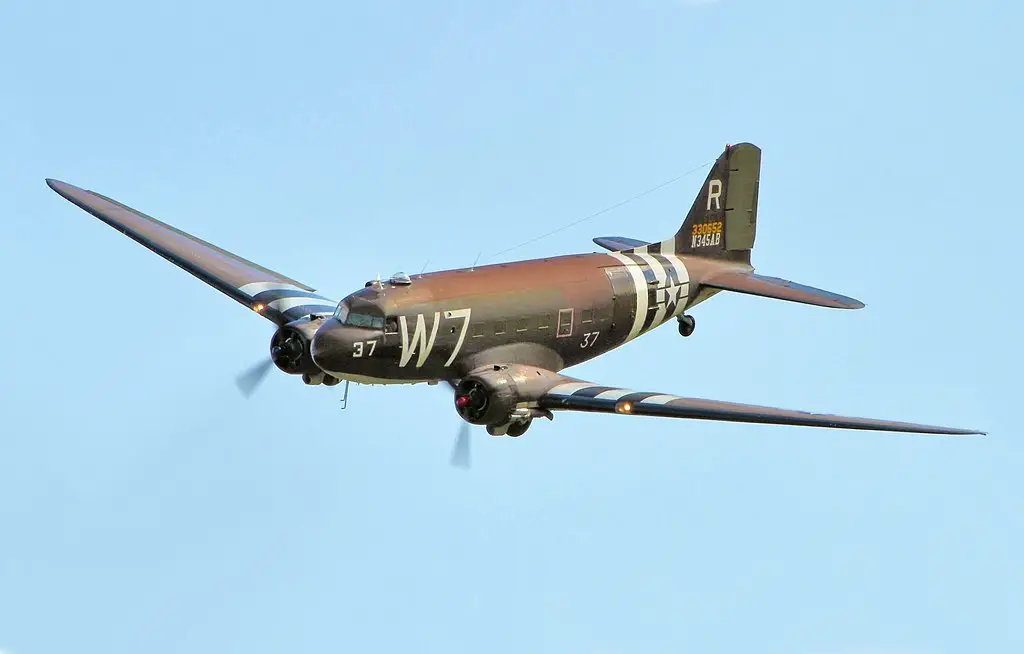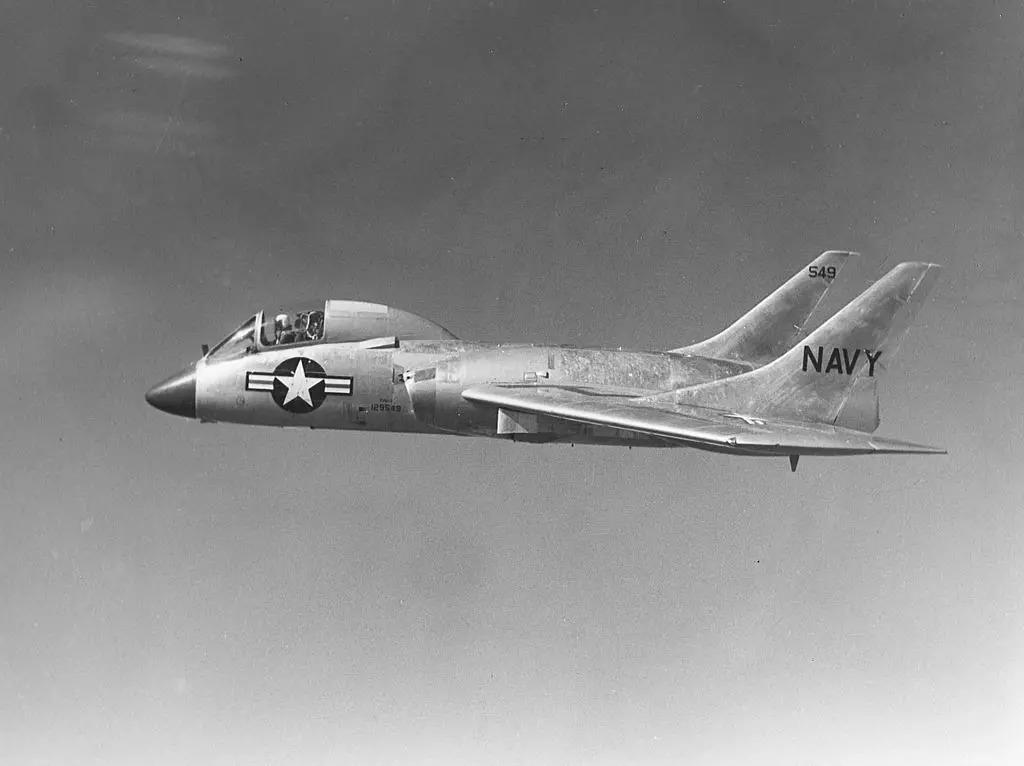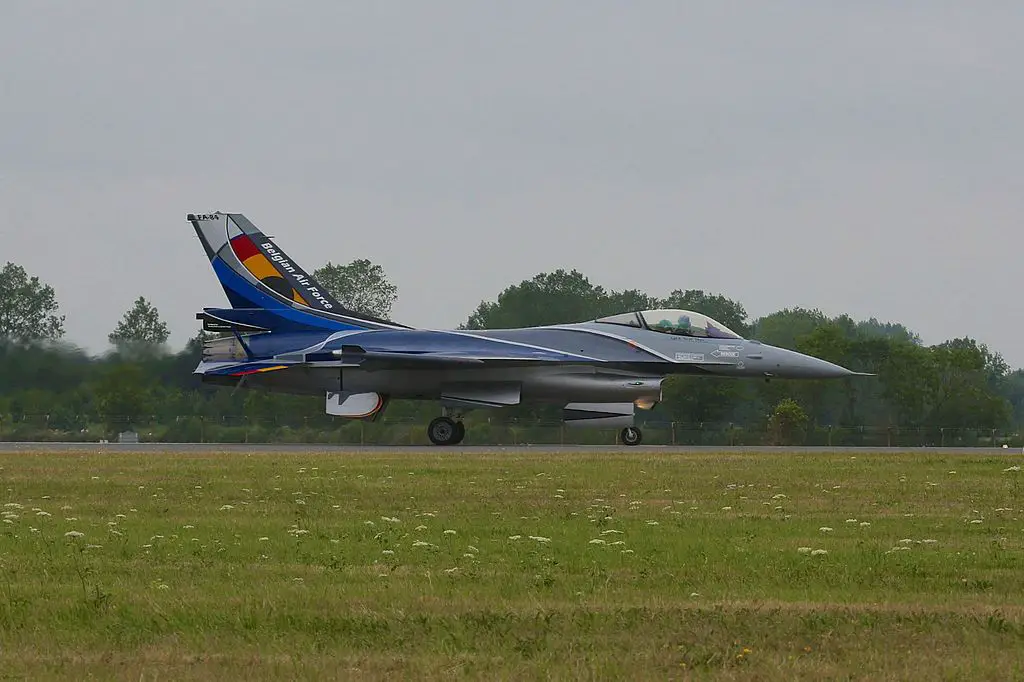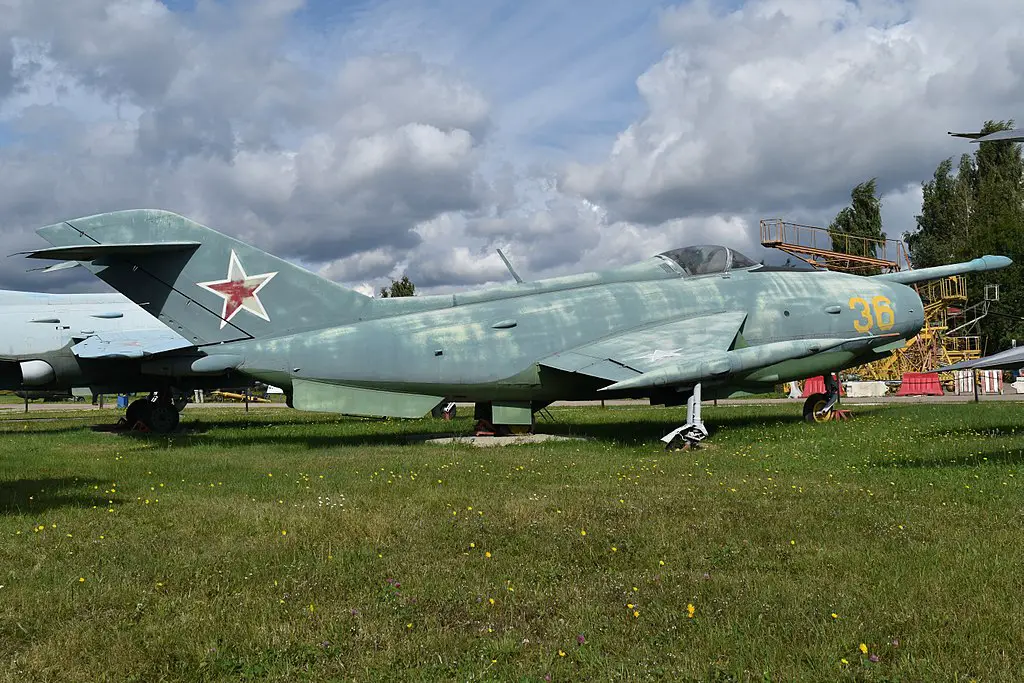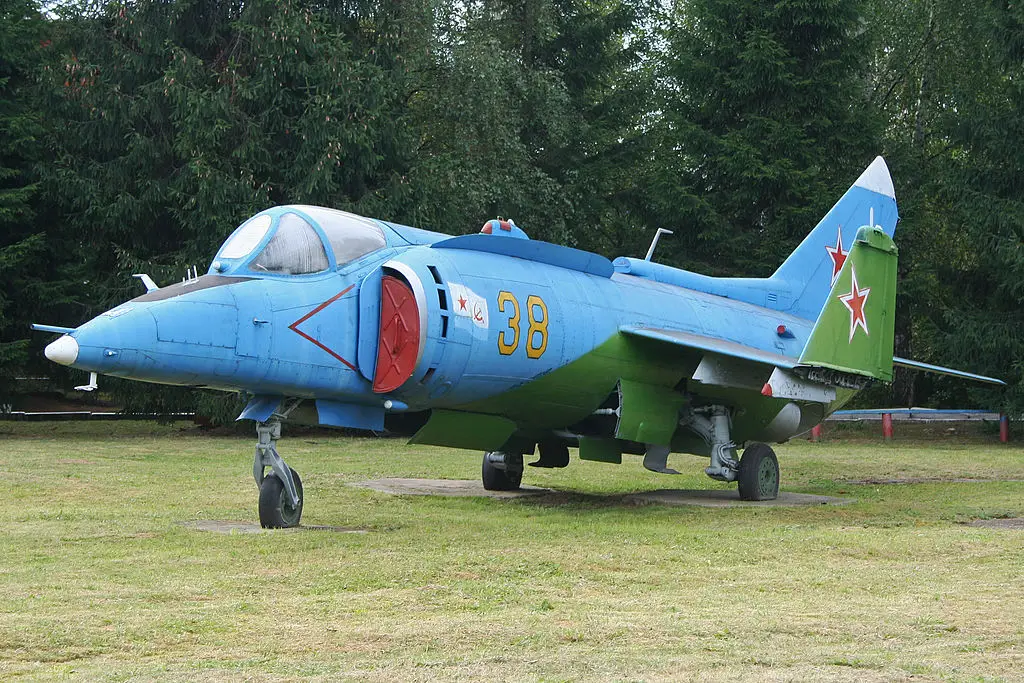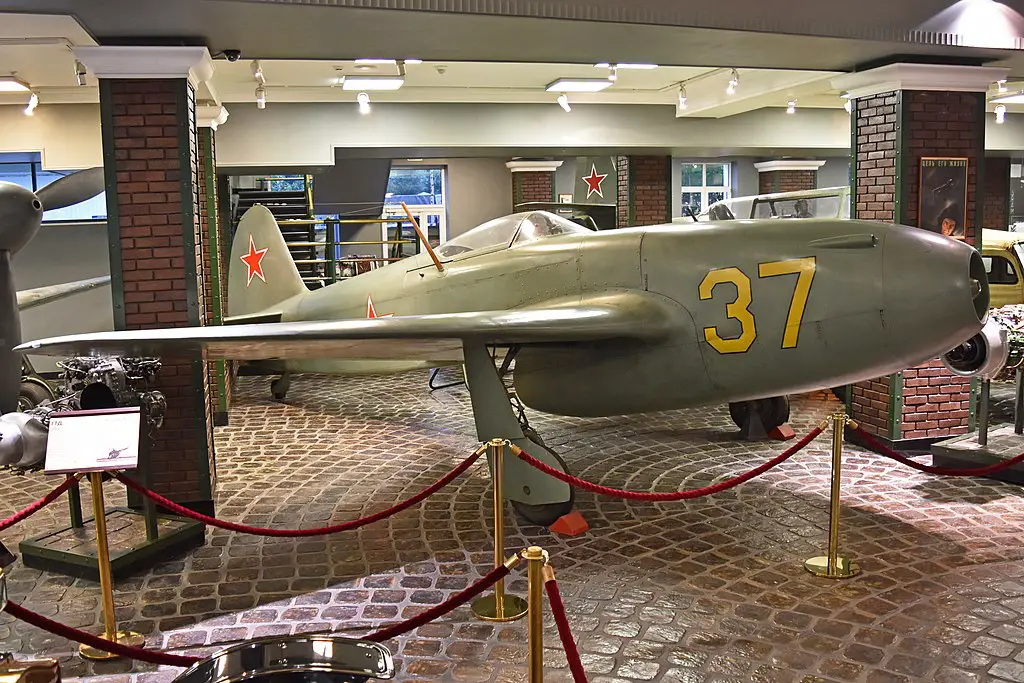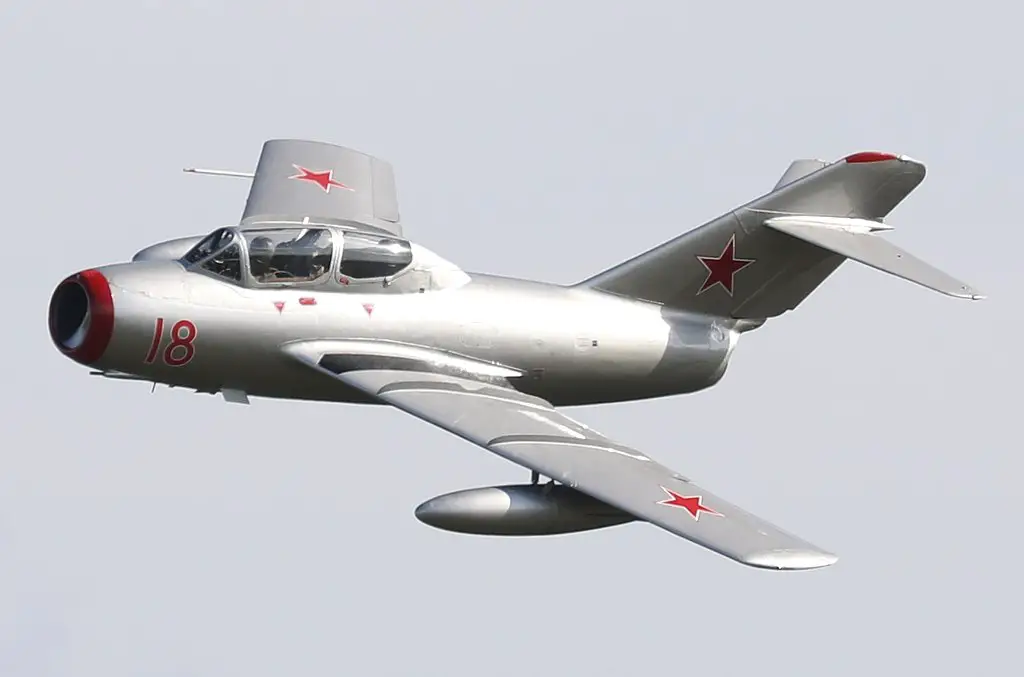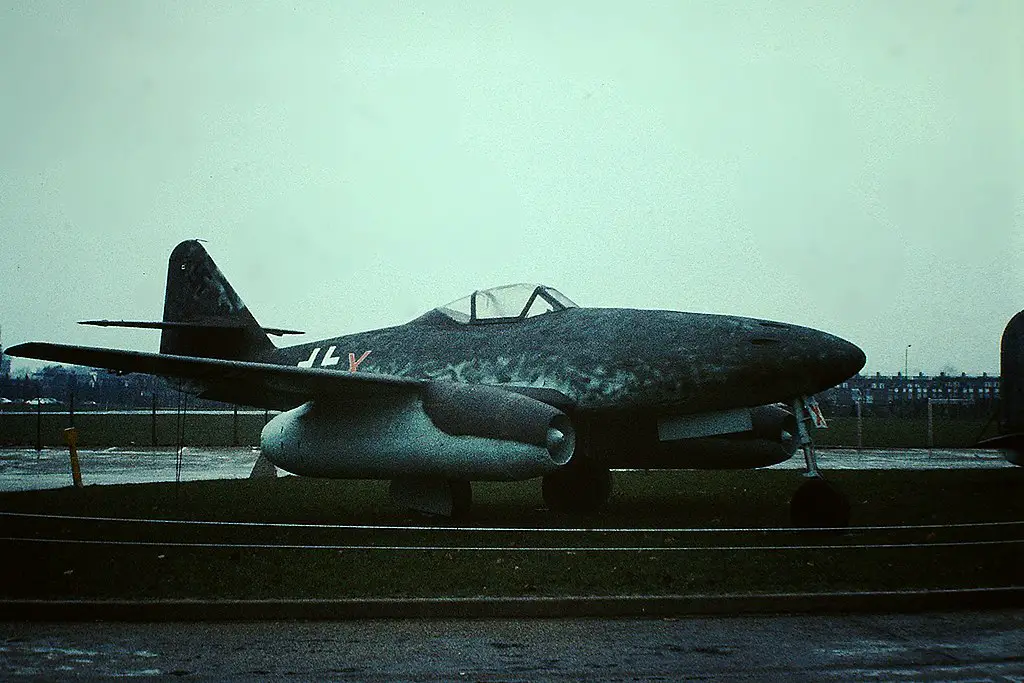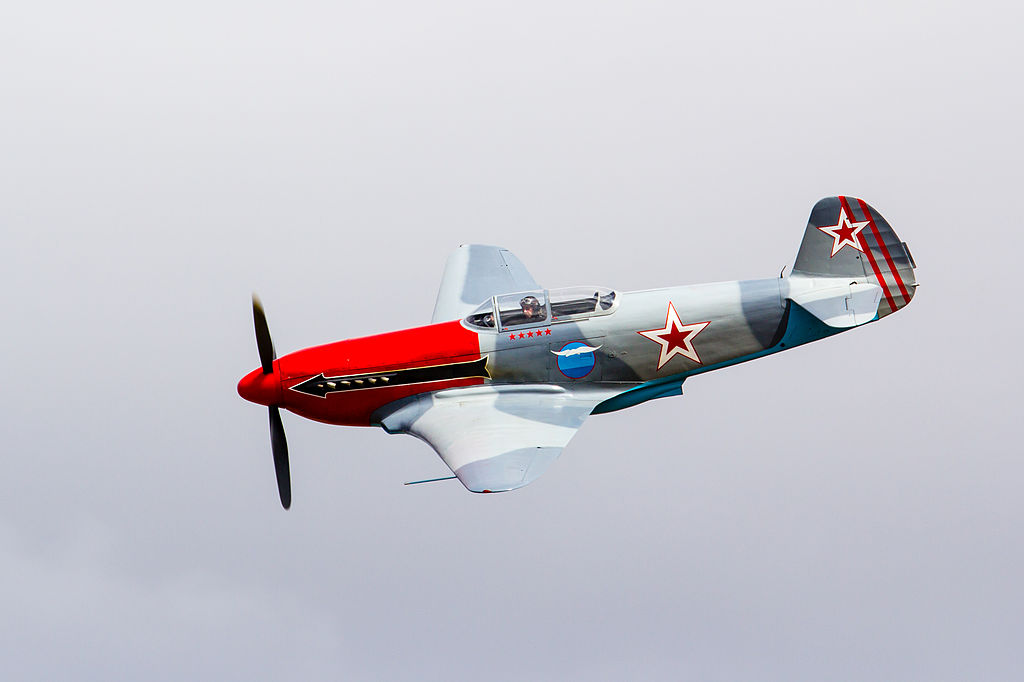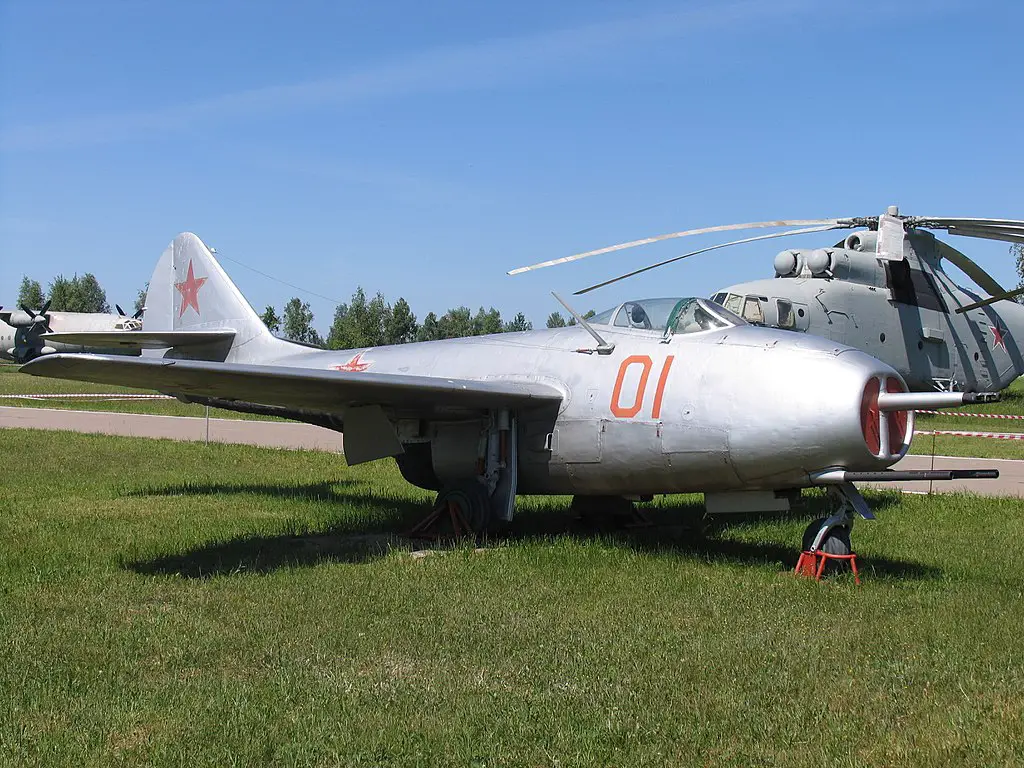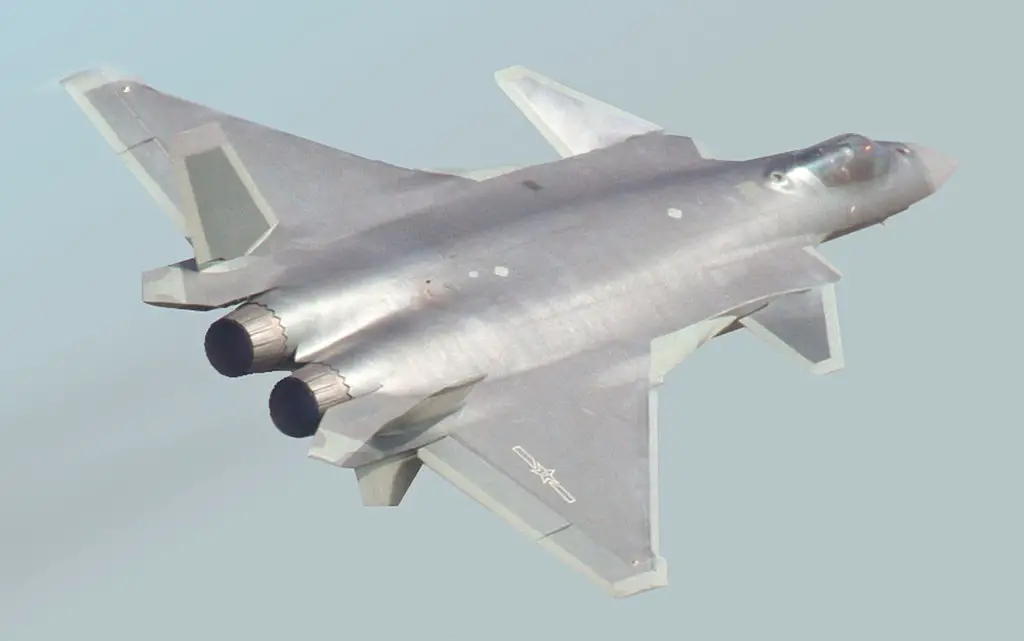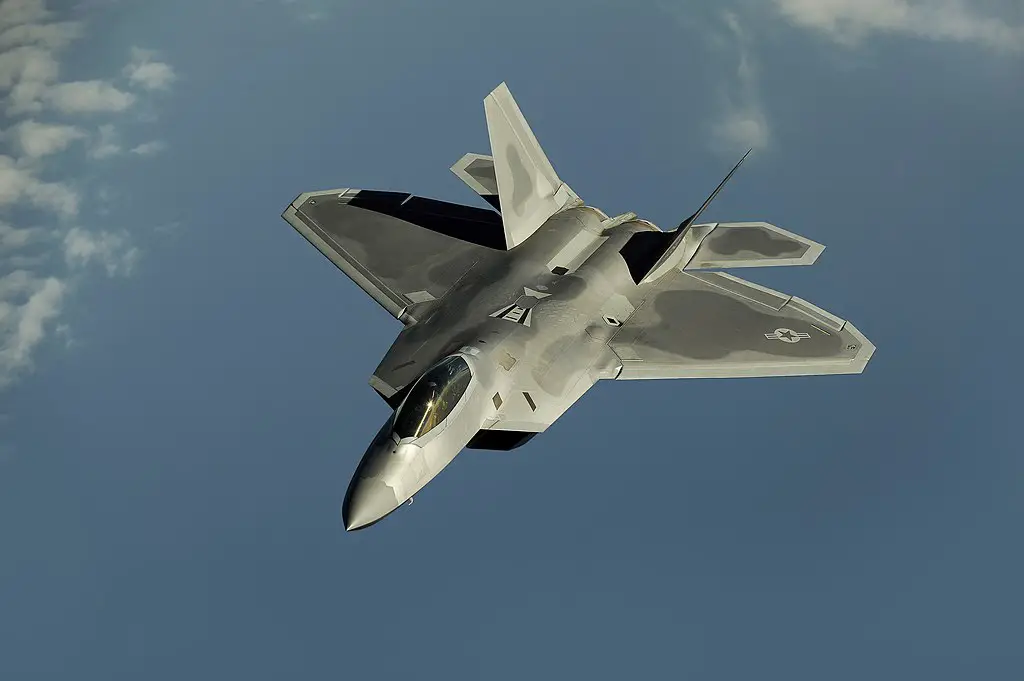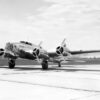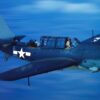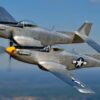They say beauty is in the eye of the beholder, and yet there are aircraft out there that are so badly designed that it’s hard to believe anyone else apart from the engineers who designed them would consider them appealing.
McDonnell XF-85 Goblin
The Goblin was designed to be released from American bomber planes and caught mid-air when their mission was completed. These not only failed to gain style points, but they also failed to function properly. Their performance was poor, and they were notoriously difficult to “re-dock” with bomber planes.
The first prototype XF-85 was inadvertently dropped from a crane at the height of 40 ft (12 m) during wind tunnel testing at Moffett Field, California, inflicting significant damage to the forward fuselage, air intake, and lower fuselage. For the remainder of the wind tunnel tests and the early flight tests, the second prototype had to be substituted.
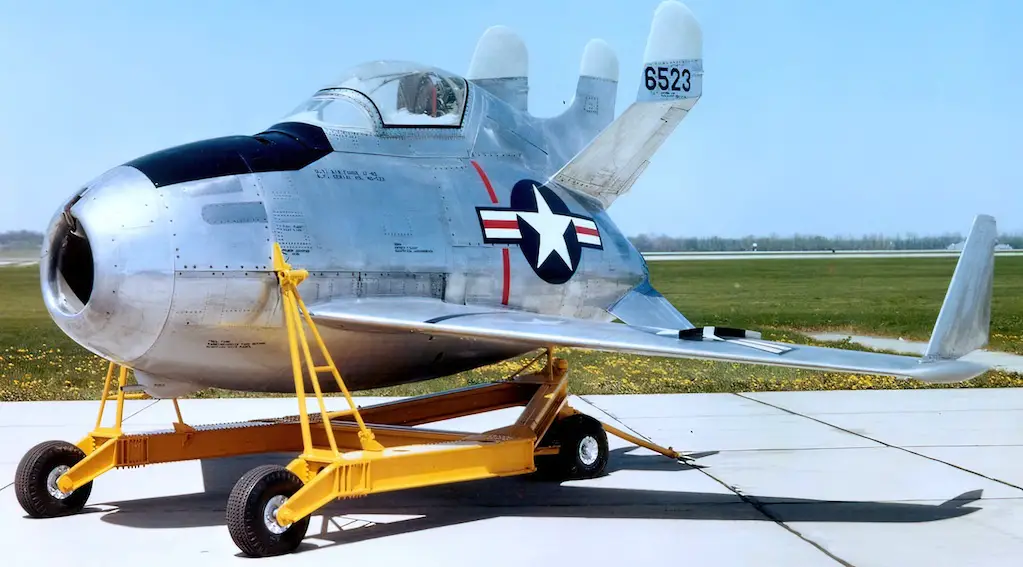
The Goblin was stable, easy to fly, and recoverable from spins while in flight, albeit earlier estimates of a high speed of 648 mph (1,043 km/h) were optimistic. The first test flights revealed substantial turbulence during the approach to the B-29, prompting the addition of upper and lower fins at the extreme rear fuselage, as well as two wingtip fins, to compensate for the increased directional instability during docking.
The cancellation was caused by two major factors. The XF-85’s flaws in flight testing included a mediocre performance in comparison to modern jet fighters, and the high demands on pilot skill encountered when docking revealed a serious flaw that was never fully remedied.
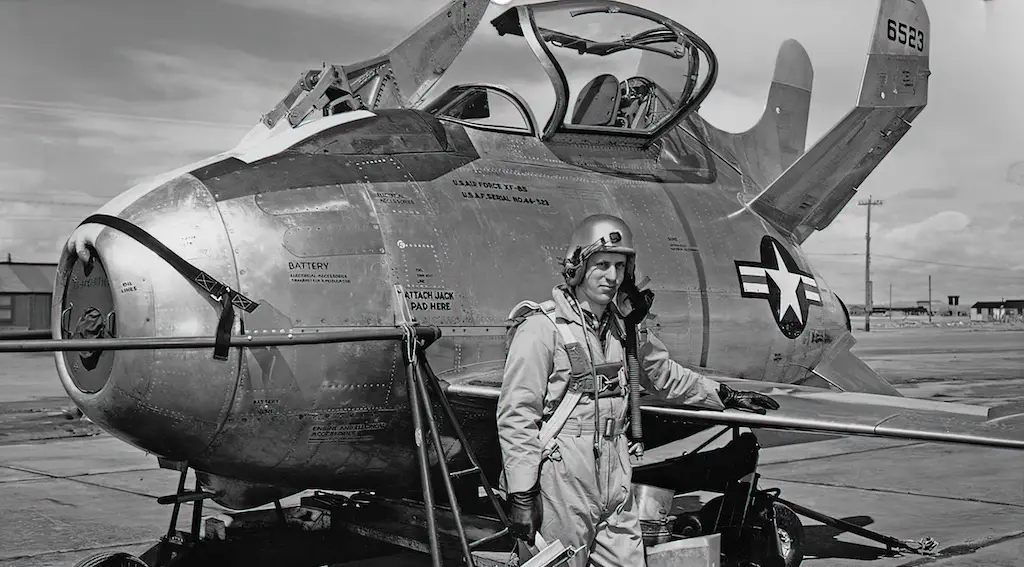
Boeing X-32
The F-35 rival that never was, the X-32, was a 5th-generation aircraft prototype by Boeing. It looks like the F-35s inbreed cousin… but at least it looks happy with that big, creepy air-intake smile. Following the selection of designs by the US military in 1996 of Lockheed Martin (later the Lockheed Martin X-35) and Boeing (later the Boeing X-32)…Boeing opted to build the X-32 on a budget.
They used a chunk of the $750 million to rebuild one of its production lines. These production lines were cutting-edge, with a high level of automation. While this resulted in a small number of job losses, it also resulted in cost savings for Boeing. As a result, the aircraft produced on these lines can be offered at significantly lower prices.
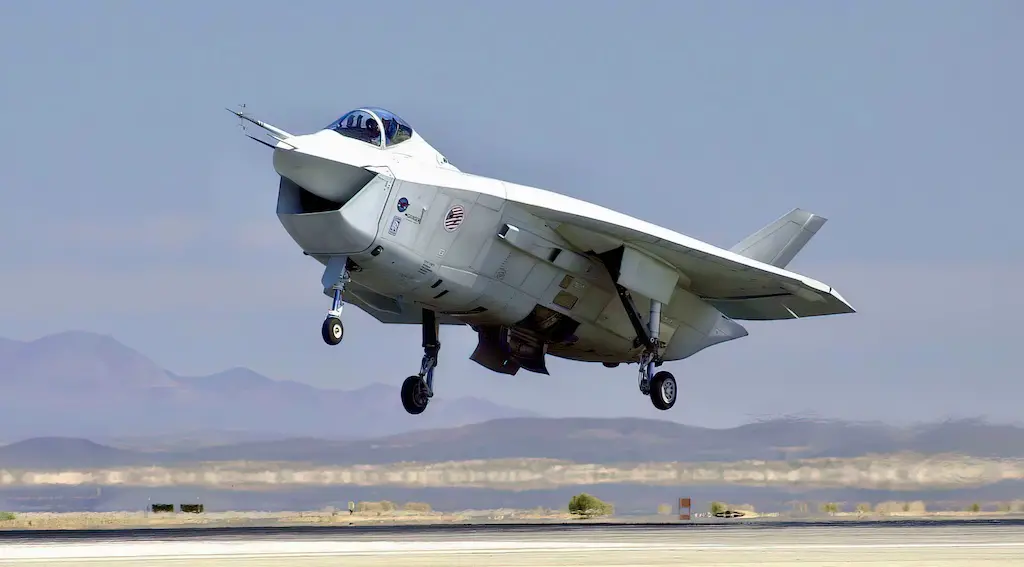
Boeing hoped that even if the X-35 beat the X-32 in performance, the X-32’s lower price would persuade the US military to choose it over the superior X-35. Luckily they didn’t. The final test flights were completed in July 2001. The US military gathered data from both the Boeing X-32 and the Lockheed Martin X-35 tests, as well as interviews with military-employed X-32 and X-35 test pilots.
The US military and its allies evaluated both the Boeing X-32 and the Lockheed Martin X-35 for several months. Finally, the United States and its allies settled on the Lockheed Martin X-35. The justification given for this was that the X-35 consistently outperformed the X-32 on the battlefield. And in particular, the speed difference where the X-32 outperformed was insignificant.
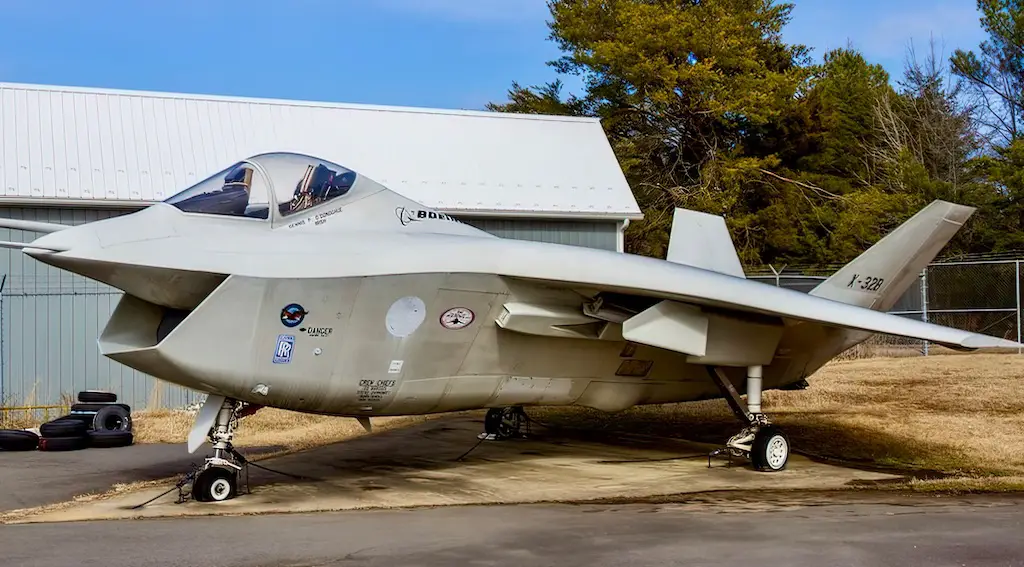
Vought F7U Cutlass
The F7U Cutlass, a mainly forgotten, short-lived naval fighter from the late 1940s, gained the moniker “Gutless Cutlass” and the scorn of many pilots who flew it.
With its tailless structure, the F7U featured possibly the most innovative design of any first-generation fighter jet when it first flew in 1948. However, as radical as it appeared, it was also a nightmare in every way, with regular loss of hydraulic controls, collapsing landing gear, and engines that were both underpowered and frequently burst into flames.
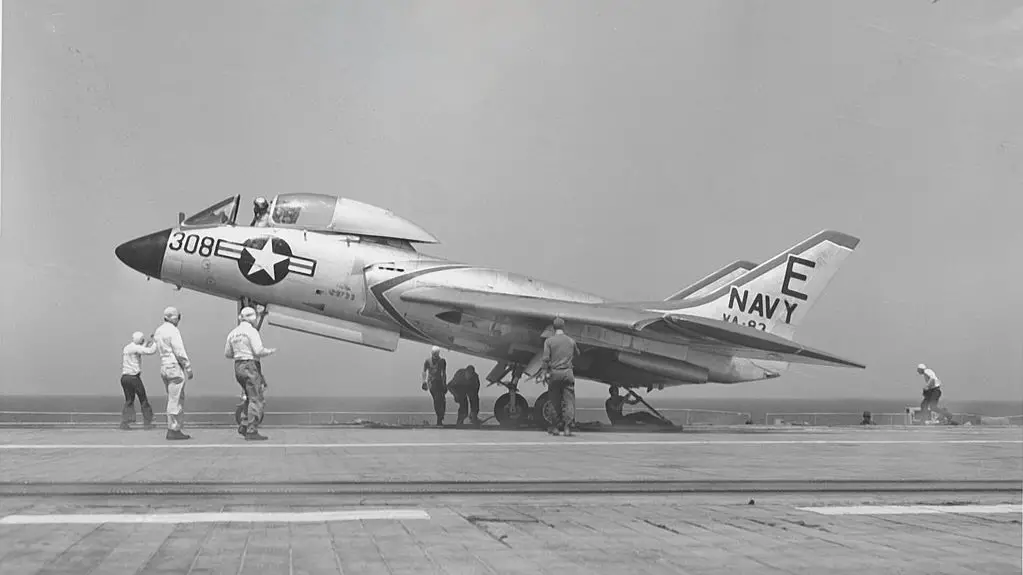
The Cutlass short-lived service and forgotten reputation were well deserved, with pilots resigning rather than flying it. Aside from being mechanically deficient, the Cutlass was also aesthetically deficient, with a bulging cockpit and stubby fuselage that aren’t helped by the futuristic wing and tail design.
Lieutenant Commander Edward “Whitey” Feightner received the call he had been waiting for in November 1951, at Patuxent River Naval Air Station in Maryland. On the other end of the line was an admiral from Naval Air Training Command, who informed him that he had been chosen for the Navy’s flight demonstration squadron, which would ultimately be known as the Blue Angels.
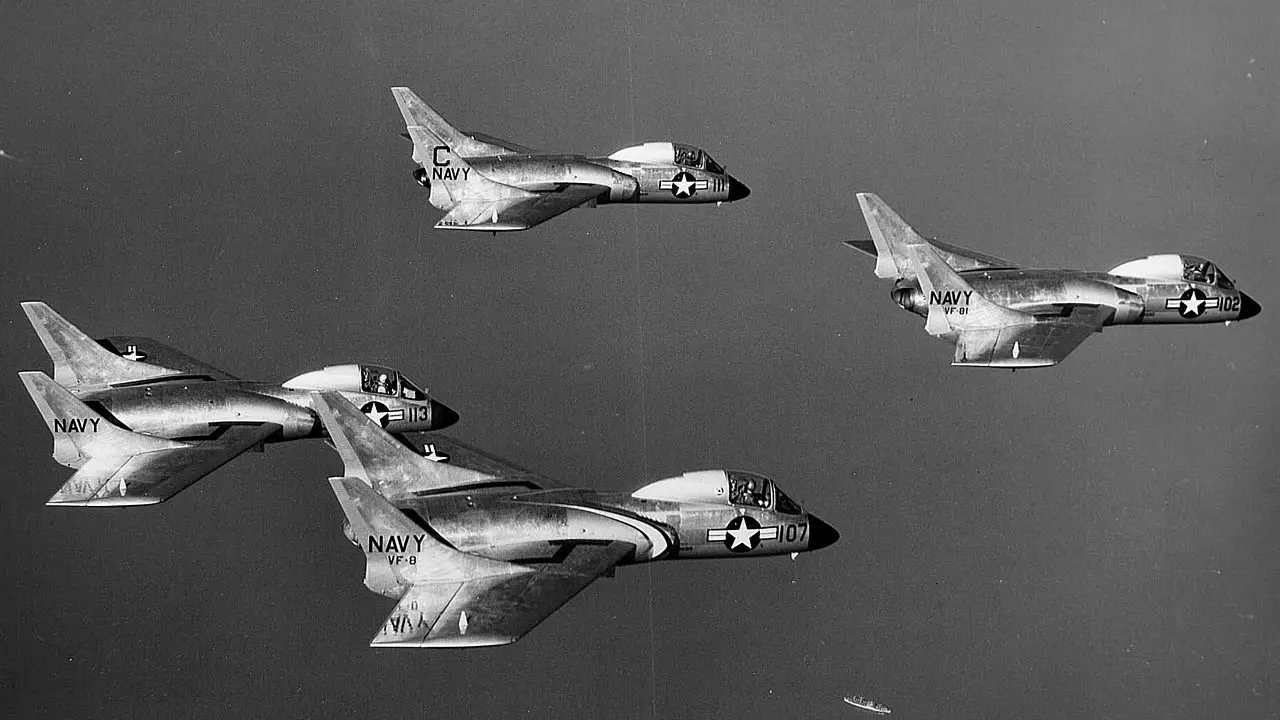
“It’s a big thing to get a Blue Angel position,” says Feightner. “You get the royal treatment, travel the country, get to meet a lot of good people, have fun at airshows, do some great flying and some valuable recruiting for the Navy. There are few better jobs.”
However, when he was told what aircraft he would fly, this is how he reacted. “He said the F7U-1 Cutlass,” recalls Feightner, “I told him I just resigned.”
de Havilland Canada DHC-4 Caribou
The De Havilland Aircraft Company of Canada DHC-4 Caribou was designed to offer military operators a twin-engine STOL (Short Take off and Landing) cargo transport aircraft with a larger capacity than the DHC-3 Otter. The kind also has a rear-loading capability. On July 30, 1958, the prototype DHC-4 Caribou (CF-KTK-X) flew as the first airplane. The Caribou, like the DHC-3 Otter, is a tough STOL aircraft that is appropriate for operations from unprepared remote airfields and can carry up to 32 troops or 8,000 pounds of payload.
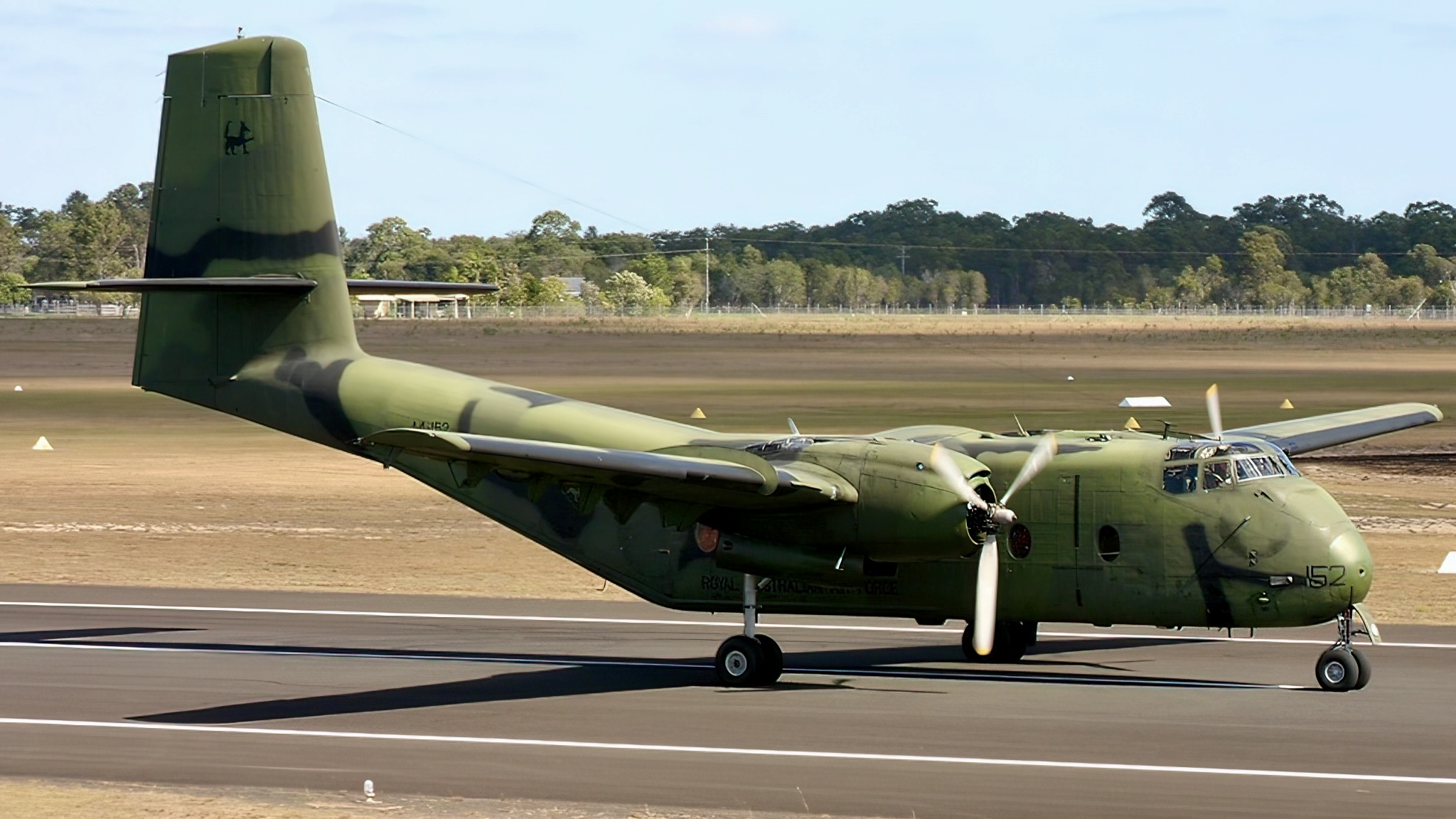
Two 1,450hp Pratt & Whitney Twin Wasp radial engines provide propulsion. In total, 307 were constructed in Canada, and they found a ready market with a number of military users both at home and abroad. The US Army/Air Force (159 CV-2 / C-7), Australia (31 aircraft serving till 2009), Spain (35 aircraft), India (20 + 4 ex-Ghana), Canada (9), Ghana (8), and Kenya were all major users (6).
A smaller number of planes were also delivered for commercial use around the world. In exchange for the relaxation of restrictions on the employment of rotary-wing aircraft, the US Army surrendered its DHC-4 Caribou fleet to the US Air Force in 1966. (helicopters).
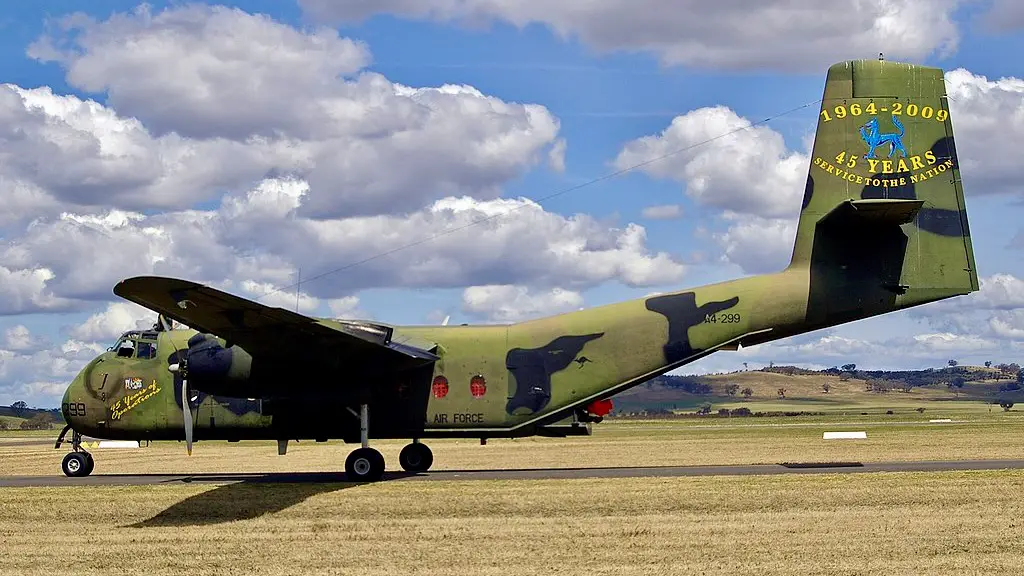
The North Vietnamese captured some DHC-4 Caribou aircraft, which remained in service with them well into the 1970s. However, after the Vietnam War, the majority of the Air Force fleet was replaced with C-130 Hercules.
The final DHC-4 Caribou was withdrawn from US Air Force service in 1985 after serving as a jump platform for the US Army Golden Knights Parachute Display Team. Caribou (A4-140) was the last aircraft in military service in Australia, where it was decommissioned in November 2009. The fact that the aircraft was used by 32 different nations around the world, primarily in military duties, was a testimony to its success.
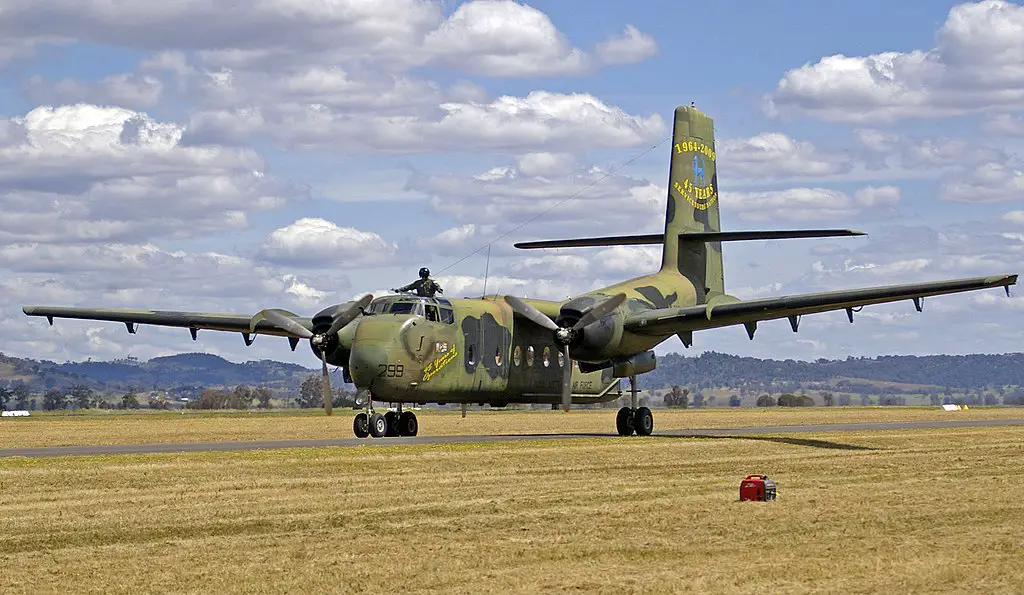
CASA C-212 Aviocar
Now not all C-212s are made equal. The 200 series specifically, equipped with Electronic counter measures looks hilariously ugly, thanks to its ducklike nose.
The Spanish Air Force was still flying many antiquated piston-powered planes in the late 1960s, notably the three-engined Junkers Ju 52 and two-engined Douglas C-47. In desperate need of modernizing its fleet of transport aircraft, the military commissioned Construcciones Aeronáuticas SA (CASA) to design a multi-role aircraft.
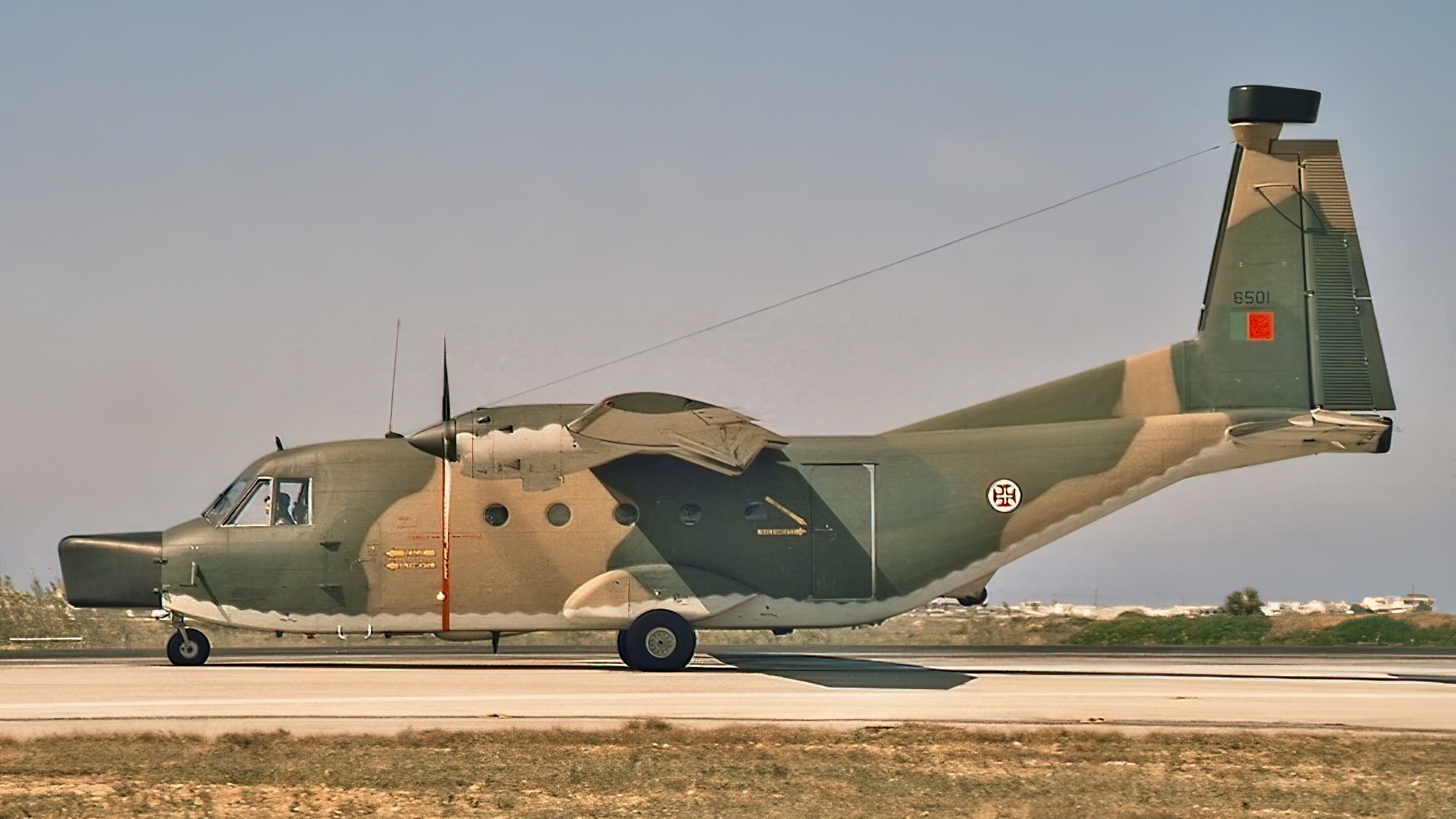
The Spanish Air Force sought a twin-engine 18-seat transport plane that could also be used for civilian purposes. CASA accepted the challenge, and the prototype C-212 Aviocar took to the skies on March 26, 1971. CASA built a plane with a boxy fuselage and a high-mounted wing with a conventional tail, not trying to set the world on fire with a cutting-edge design. After installing a non-retractable tricycle undercarriage, the aircraft was ready to fly. The main advantages of the CASA C-212 over the aircraft it replaced were its ease of maintenance and retractable rear ramp.
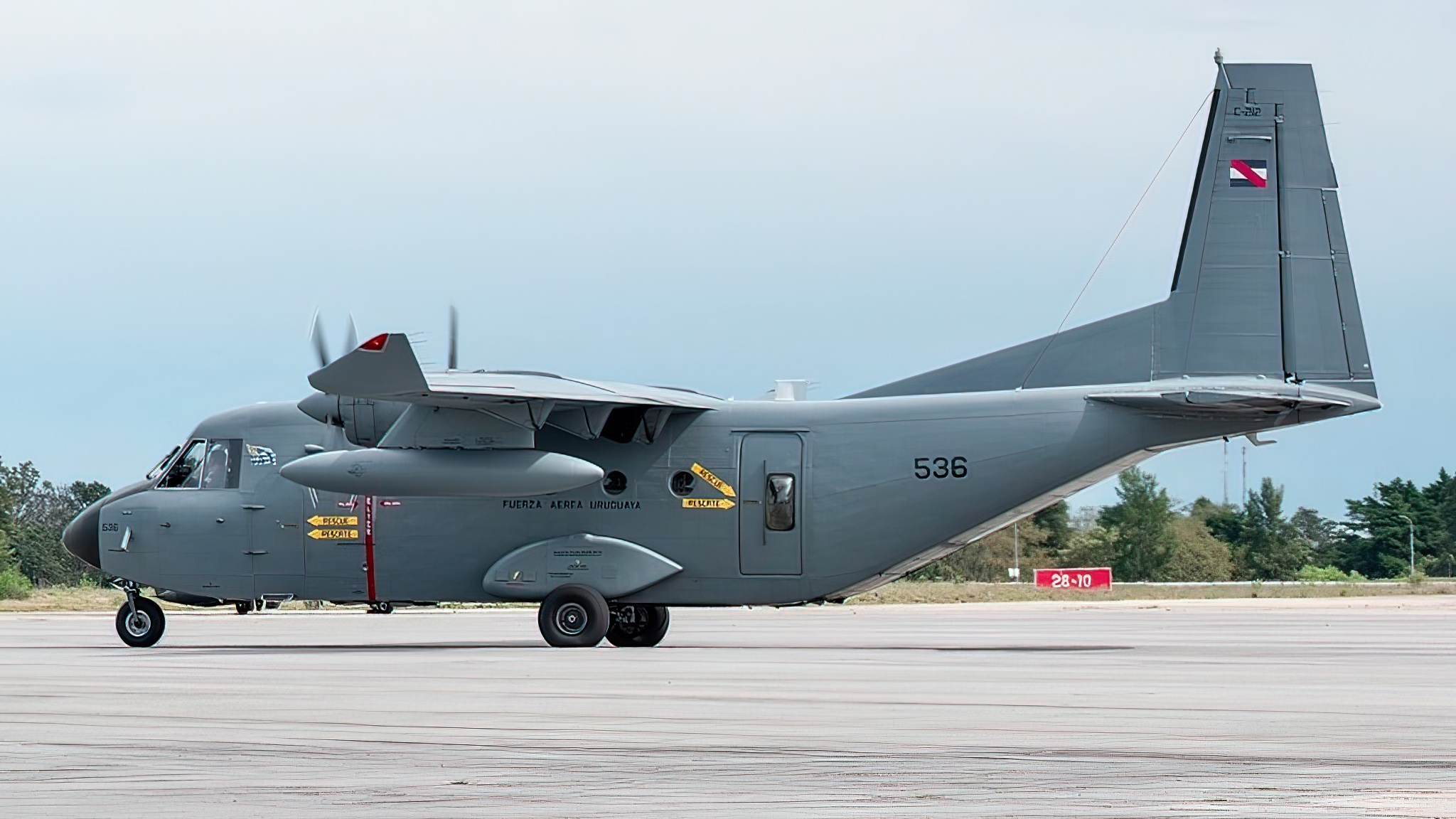
Yakolev Yak-36 Freehand
We could make amature jokes about the ten foot long nose probe all day, but that’s too much of a low hanging fruit. The aircraft looks elegant and beautiful from the back, but the front is a different story.
The Freehand was the USSR’s attempt to build a VTOL aircraft. The Soviet Union eagerly followed the development of the Kestrel, which first flew in 1960, perceiving the new technology as a desirable advantage. The Yak-36, which was designed utilizing lessons learnt from it, took flight in 1963 and was discovered to have various difficulties, such as exhaust gasses being sucked back into the engines.
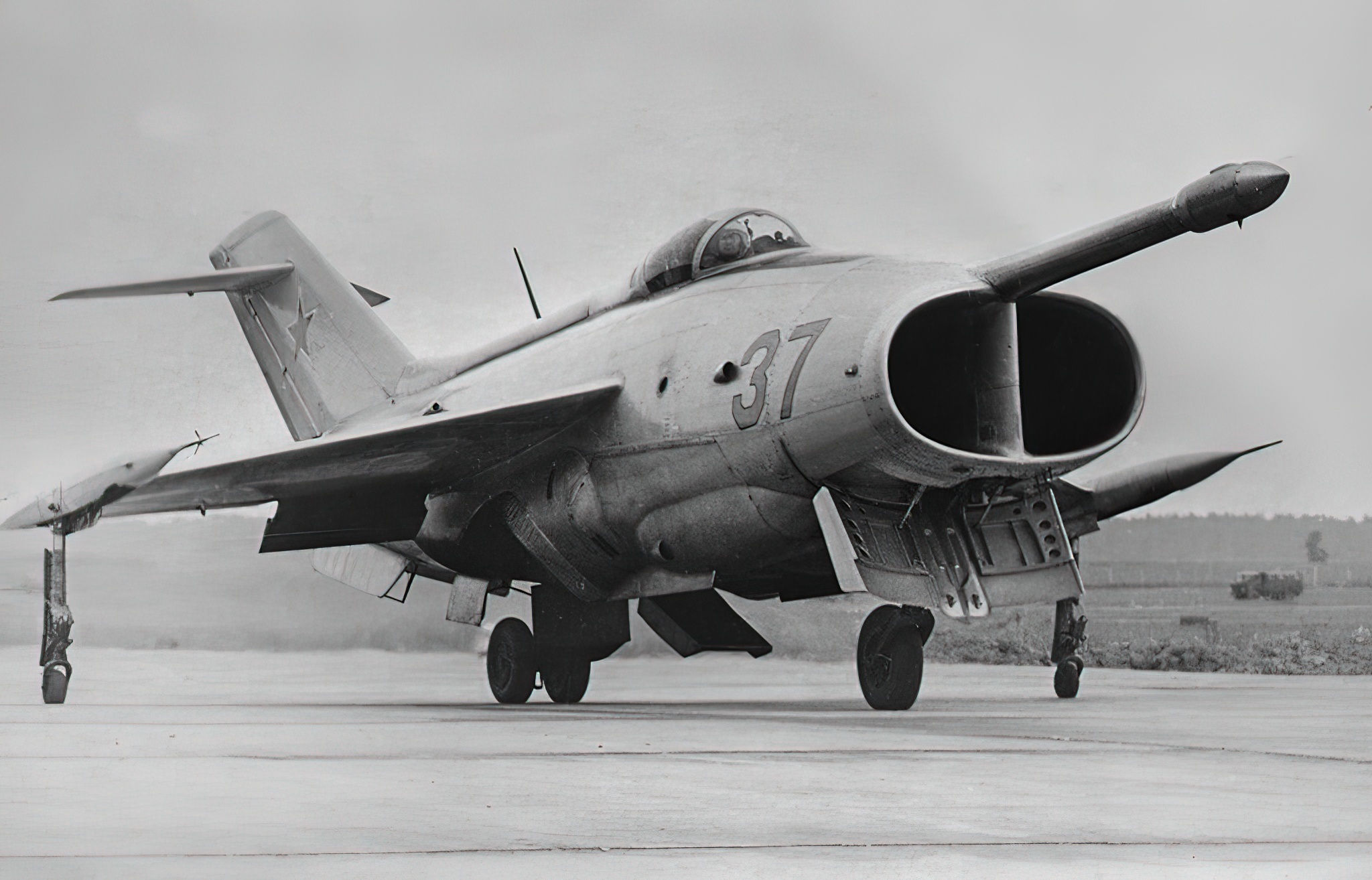
The Yak-36 was eventually abandoned for the construction of more successful VTOL aircraft like the Yak-38, which looked strange but was a lot more conventional. In terms of appearance, the Yak-36 is hideous at first glance and worsens with each passing second, with its strange egg-shaped fuselage, terrible mouth-like engine intake, and enormous probe sticking in the front.
Two non-afterburning Soyuz Tumanskiy/Khatchaturov R-27-300 turbojet engines (11,000 lb thrust each) placed forward and below the cockpit powered the Freehand. They had louvered nozzles that could be vectored through about 90o and exhausted at the center of gravity, comparable to the Bell X-14.
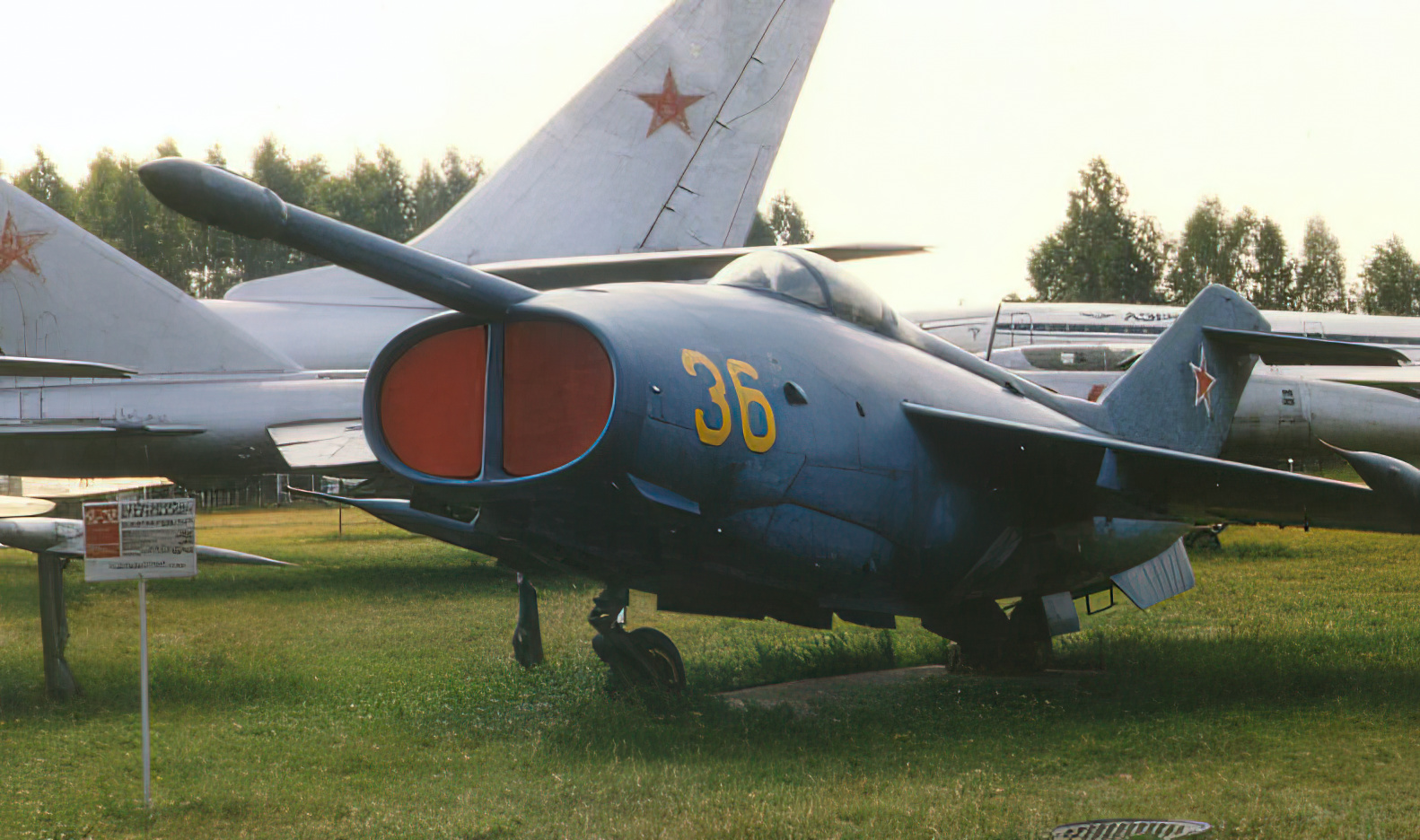
Engine bleed air was utilized to power response control nozzles on each wingtip fairing, the tailcone, and a ten-foot-long nose “probe.” The entire length was 57.5 feet, and the wingspan was 27 feet. The empty weight was 12,346 pounds, and the maximum take-off weight was 20,723 pounds.
On January 9, 1963, the Yak-36 performed its first untethered hover. The flying envelope was further enlarged from there, with a double transition from vertical take-off to forward flight and back to vertical landing completed on September 16, 1963.
Yakolev Yak-15 Feather
The Yak-15, one of the Soviet Union’s earliest fighter jets, was both ugly and ineffective, serving as nothing more than a placeholder before the debut of competitive designs like the MiG-15. While the aircraft would never see effective combat use, it did fly during parades, which was pretty much the only thing it was good at.
The Yak-15 was created utilizing reverse-engineered jet engines from the German Me-262 and was based on the piston-powered Yak-3 utilized during WWII. Similarly, utilizing reverse-engineered Me-262 engines, the Mig-9 was the first Soviet fighter jet to fly, with the Yak-15 following suit in 1946.
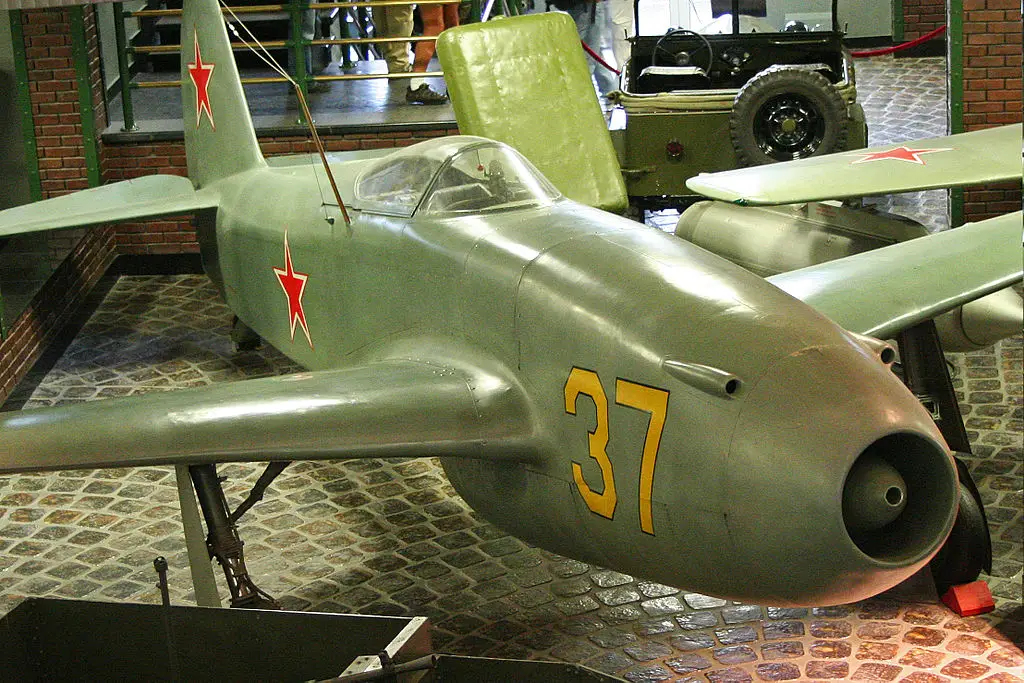
Both were awful, with few significant advantages, although the Yak-15 had superior maneuverability because to its Yak-3 foundation. The Yak-15, one of the smallest fighter jets ever produced, is weird and unattractive all around, with a design that appears to have been abandoned midway down the fuselage.
Chengdu J-20
China’s Chengdu J-20, also known as the Mighty Dragon, is the 5th-gen fighter aviation enthusiasts love to hate. While military planes are usually judged by their performance, aesthetics, or lack thereof can be a dealbreaker for many. It looks strange… as if the engineers didn’t know whether they should copy the f22, one of the light european fighters, or make another flanker copy, so they just combined all three planes into one design and called it a day.
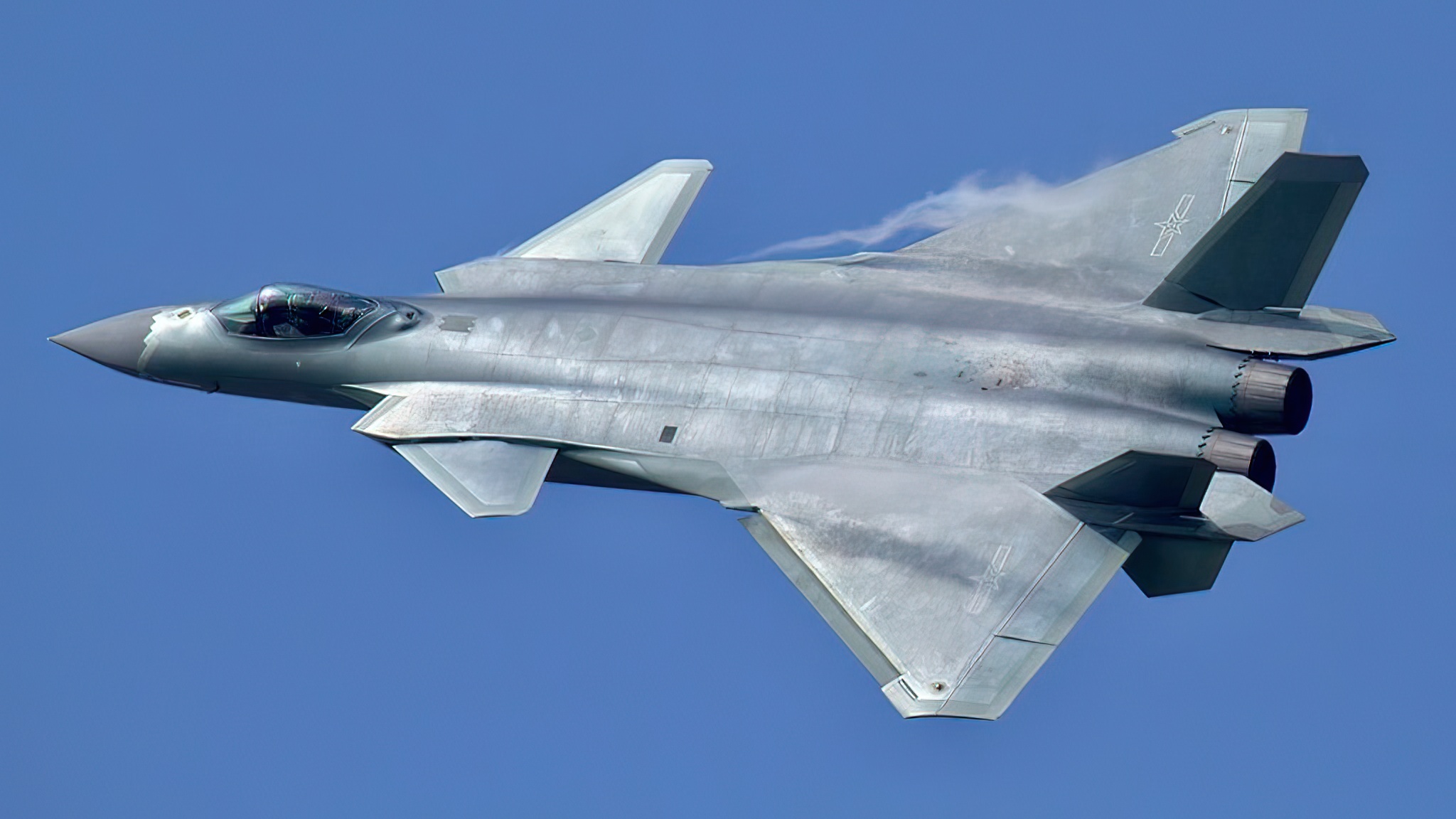
The Mighty Dragon’s multiple control surfaces are relatively large, which should make the aircraft more maneuverable. You may think the Chinese expect the plane to end up in a dogfight, but the plane isn’t even confirmed to have a gun yet. Stealth could be one of the reasons why the aircraft requires such massive control surfaces. Because the J-20 lacks thrust vectoring, its larger control surfaces allow it to reduce deflection at greater altitudes.

